

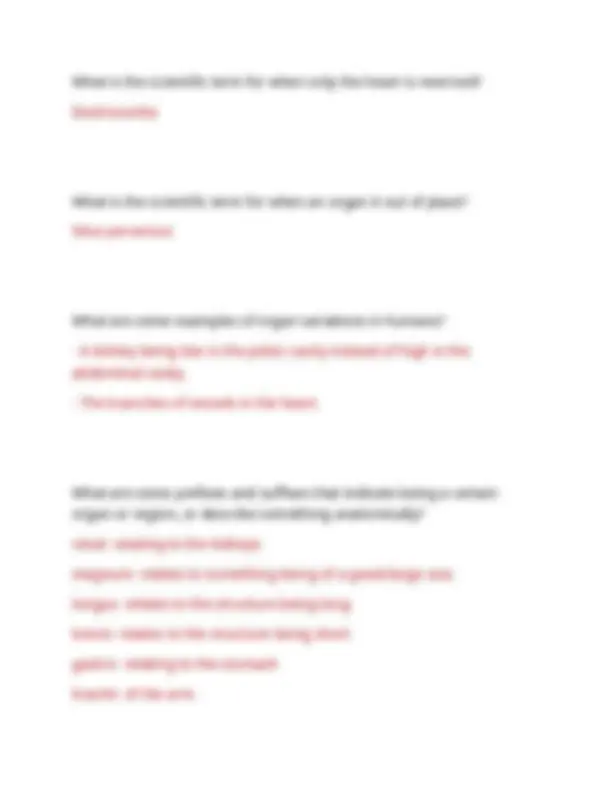

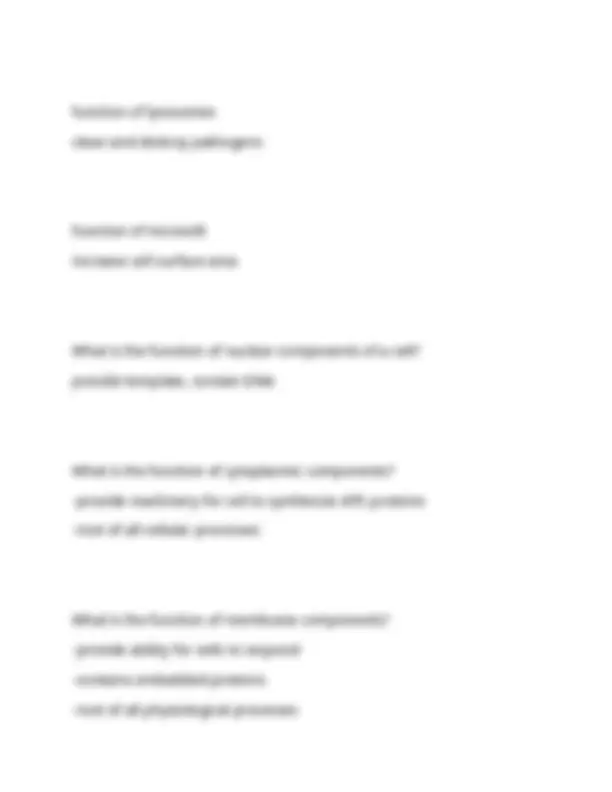
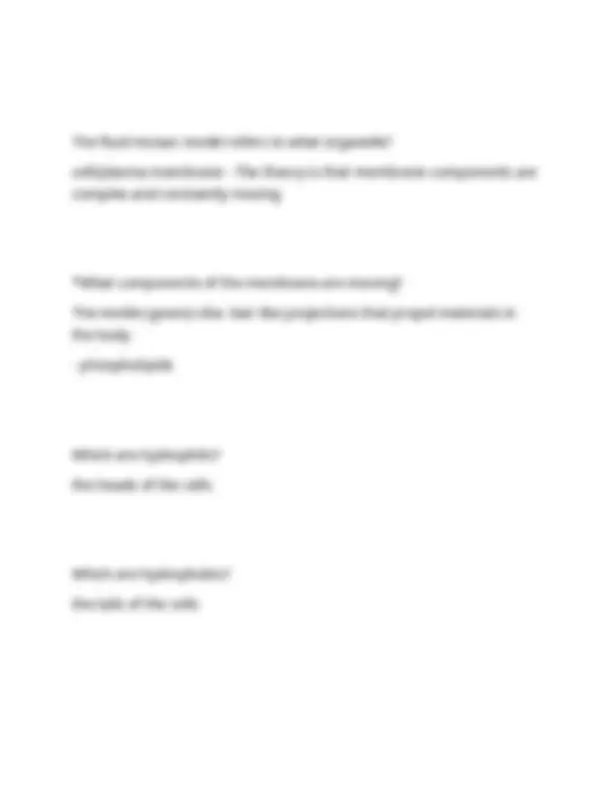
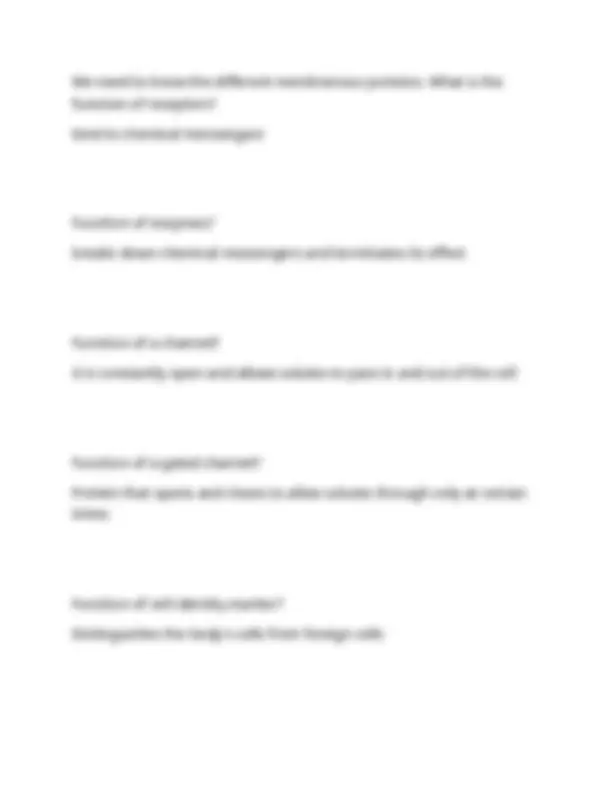
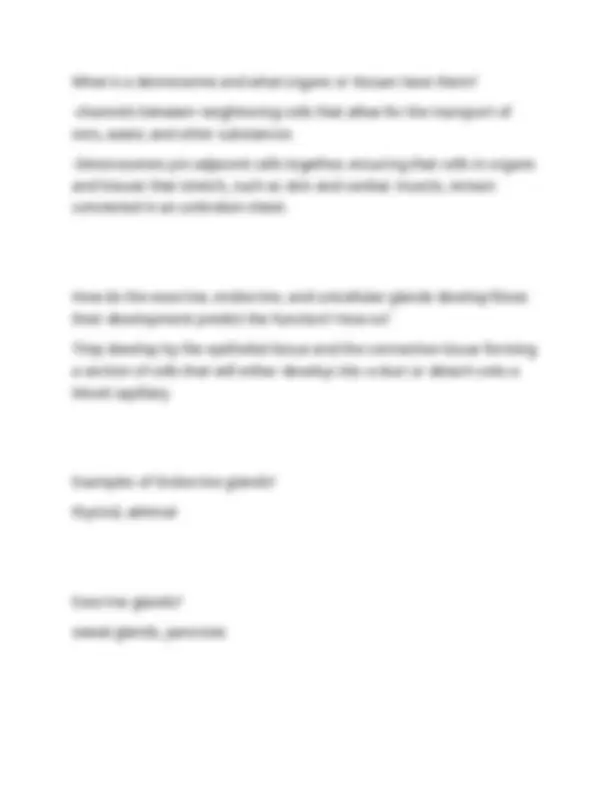
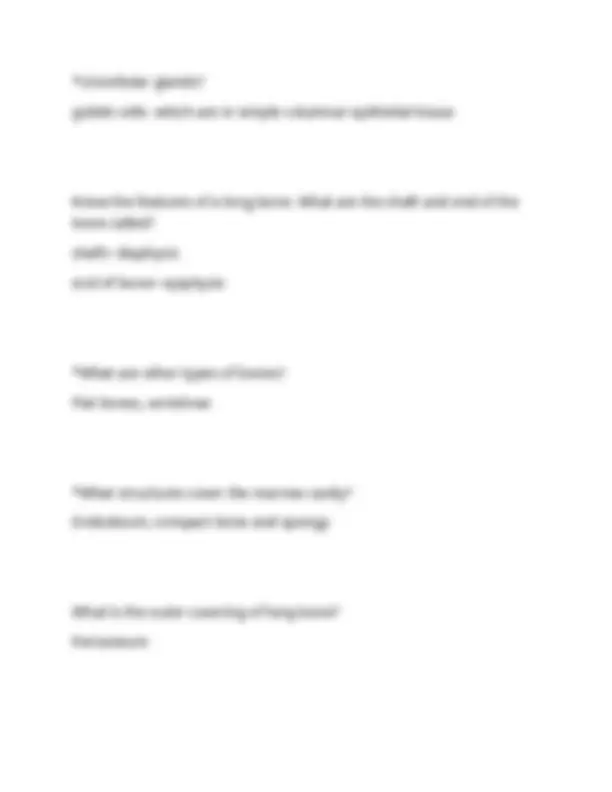
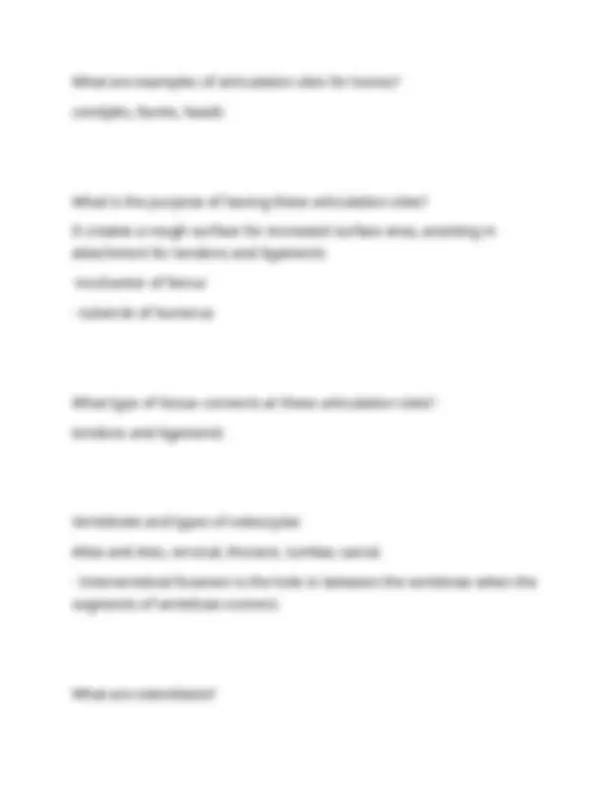
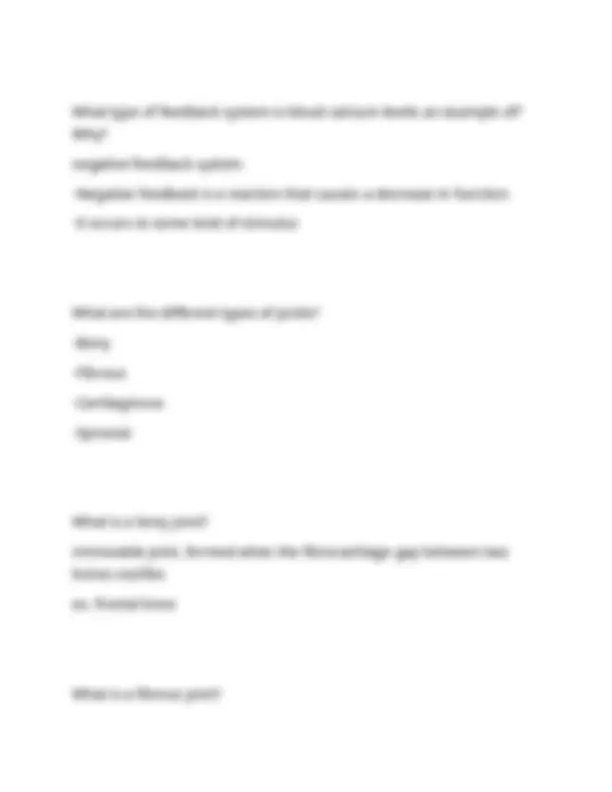
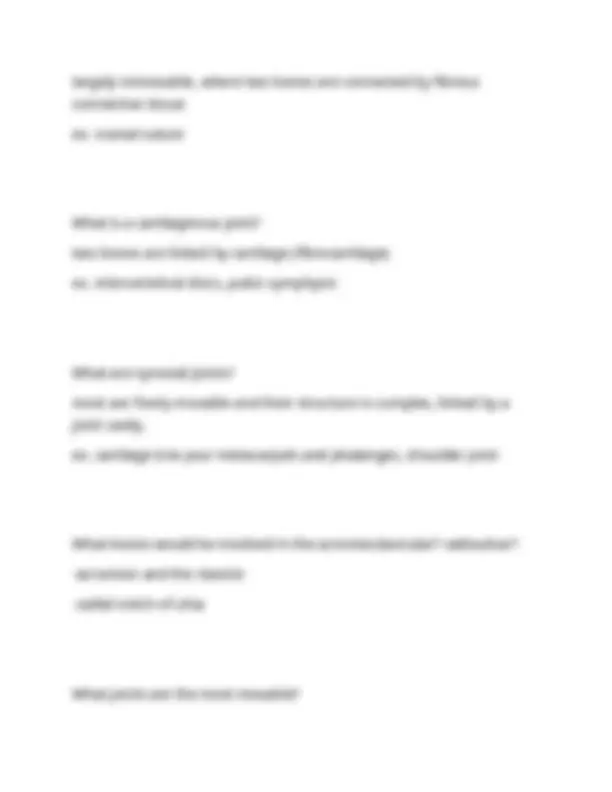
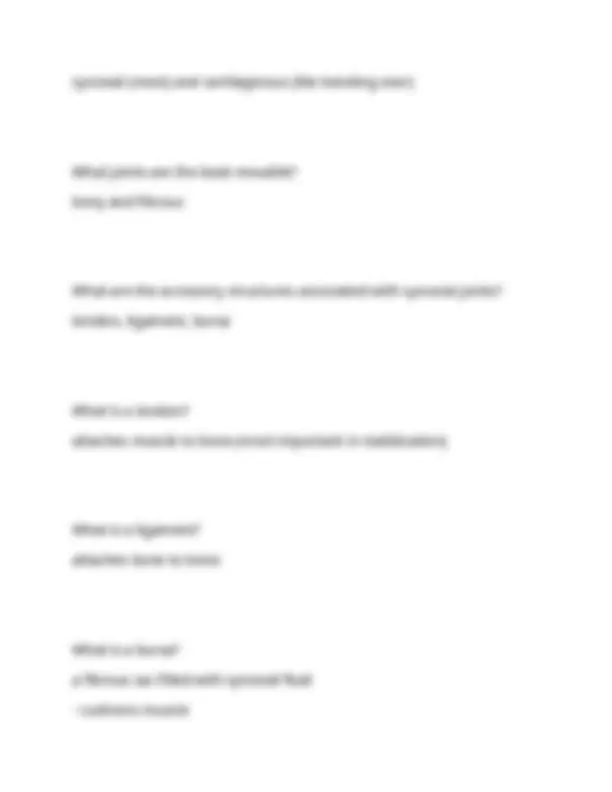
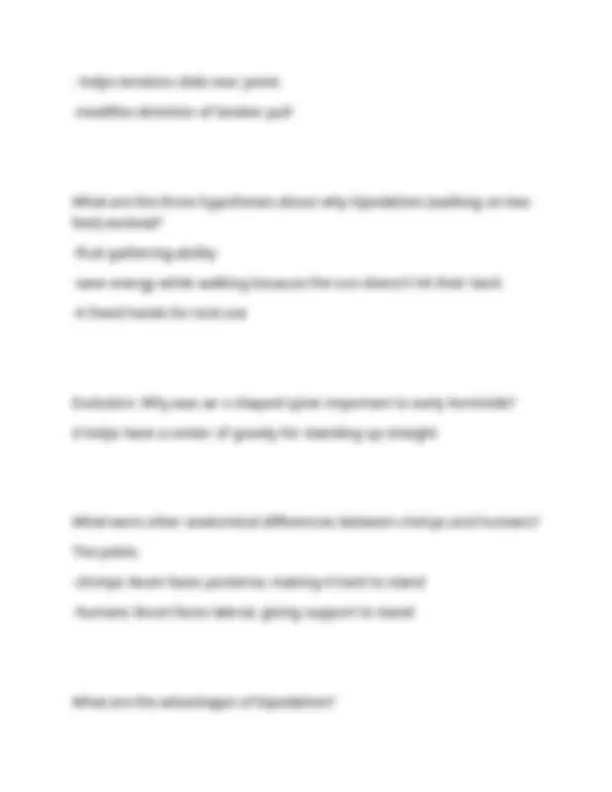
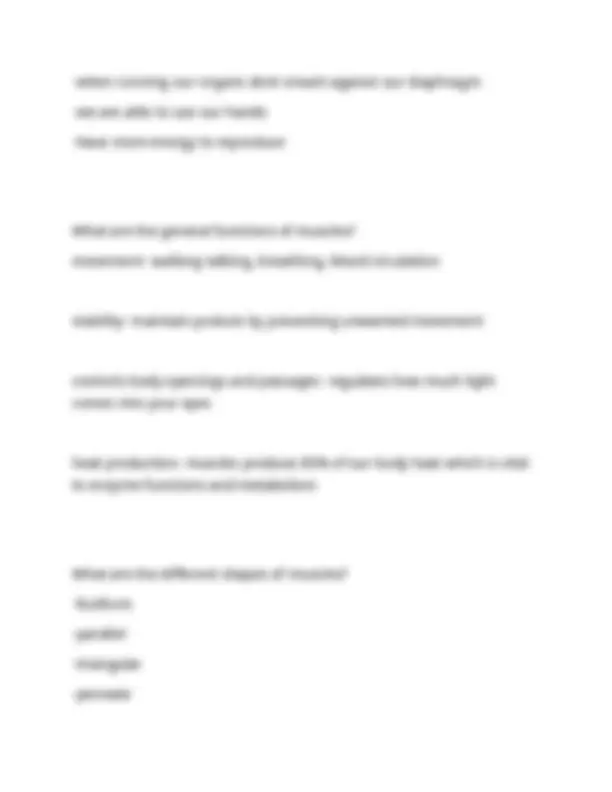
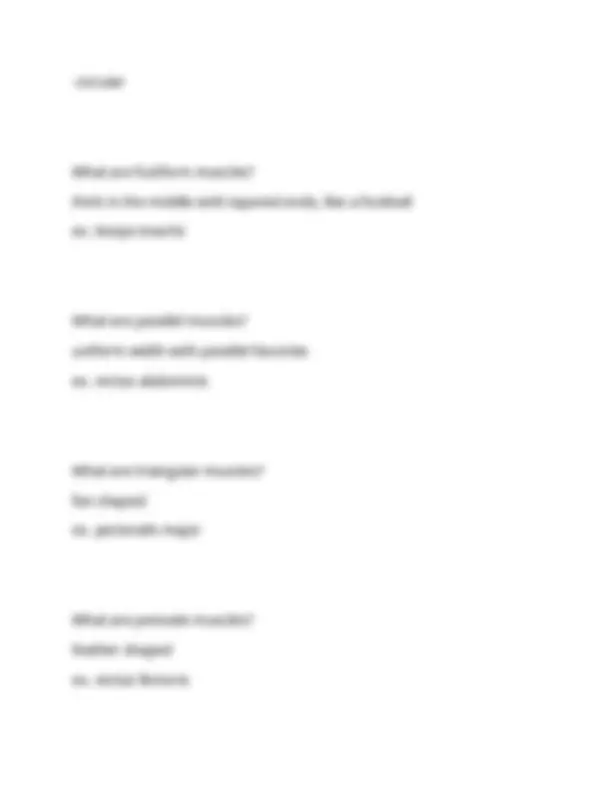
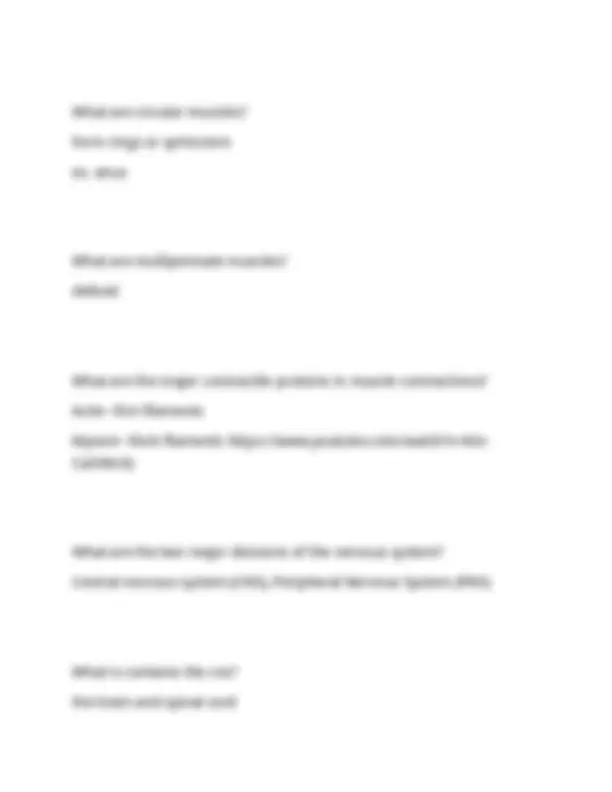
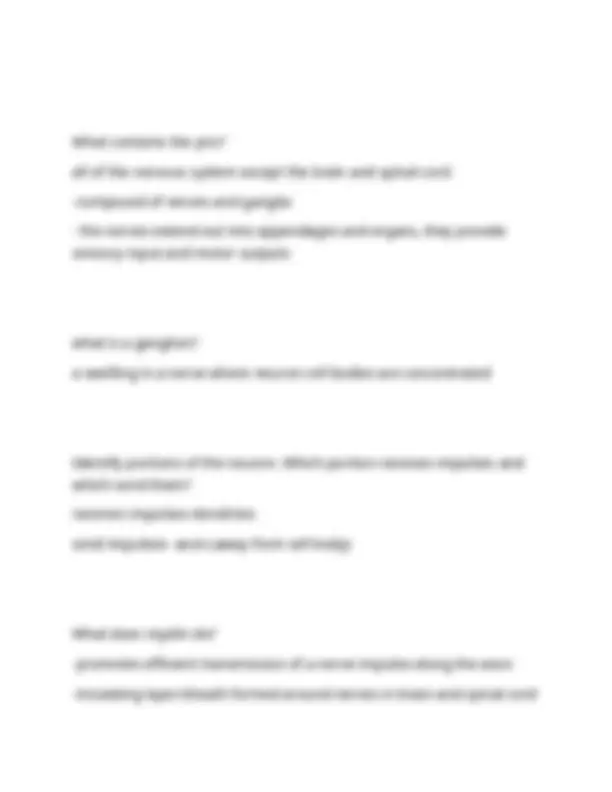
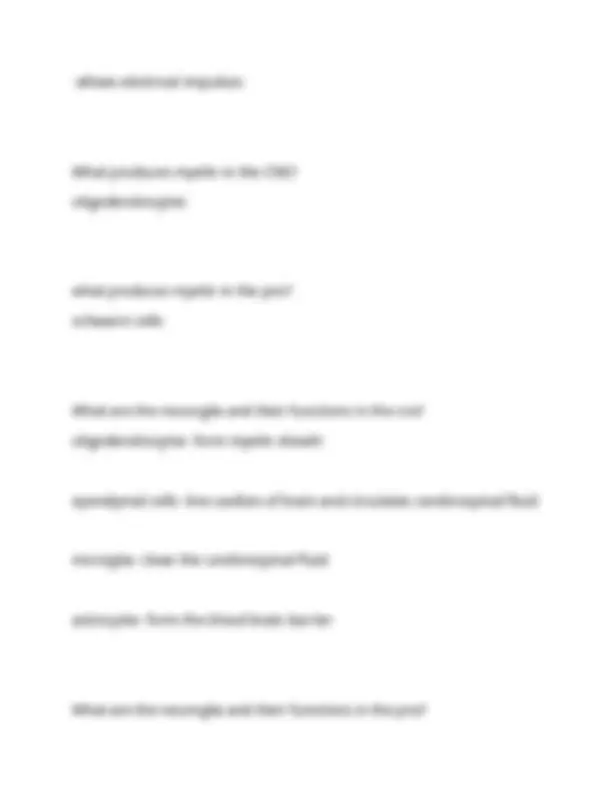
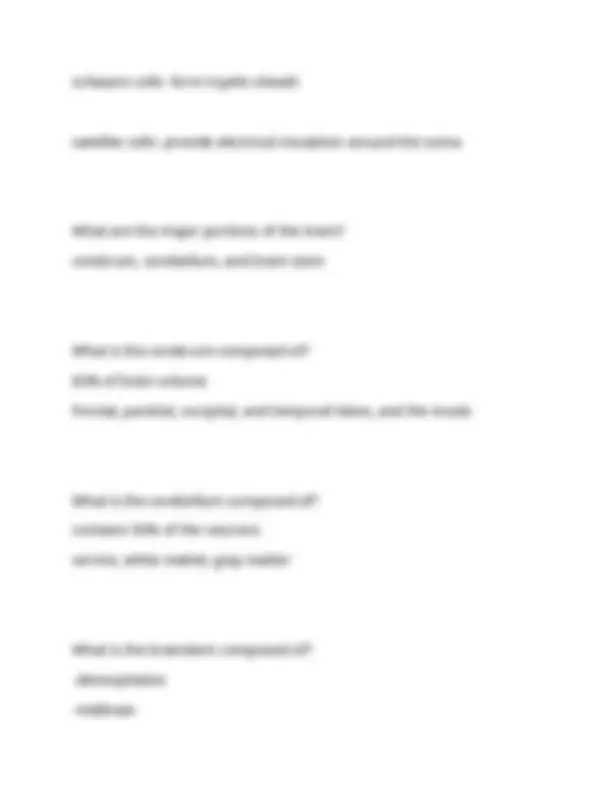
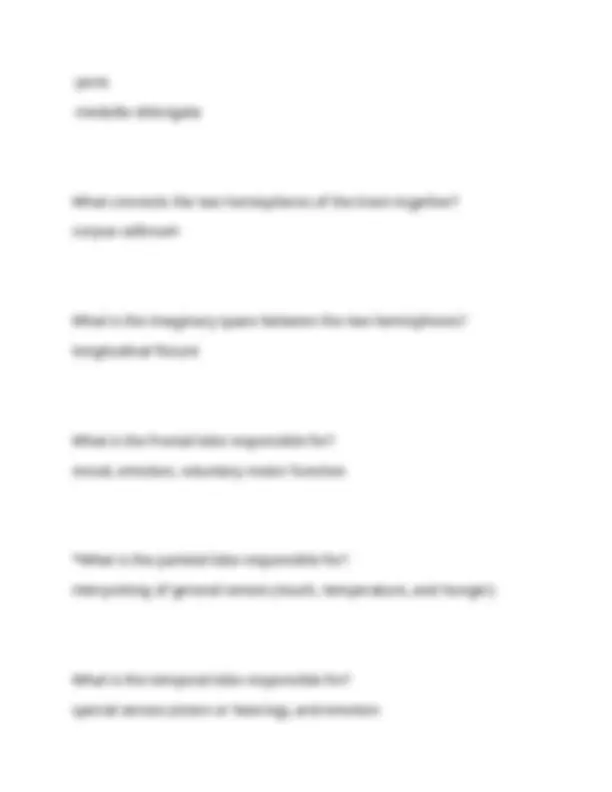
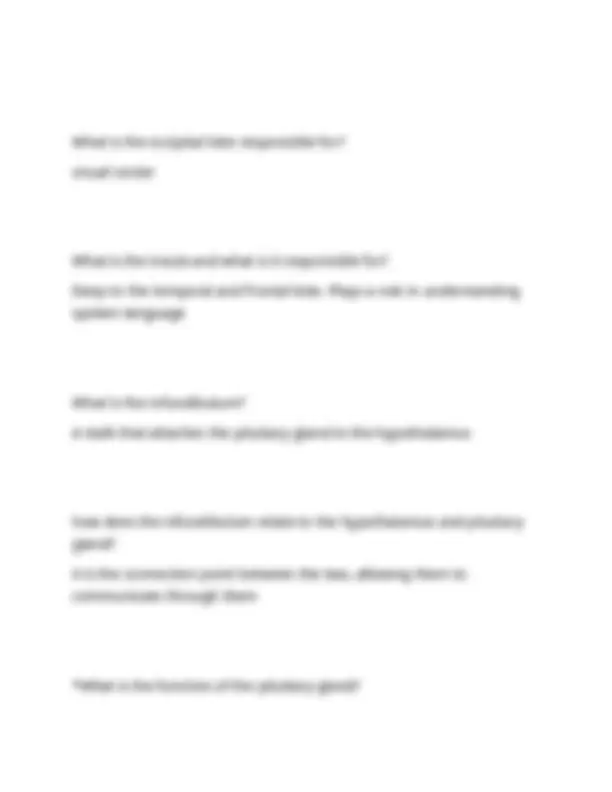
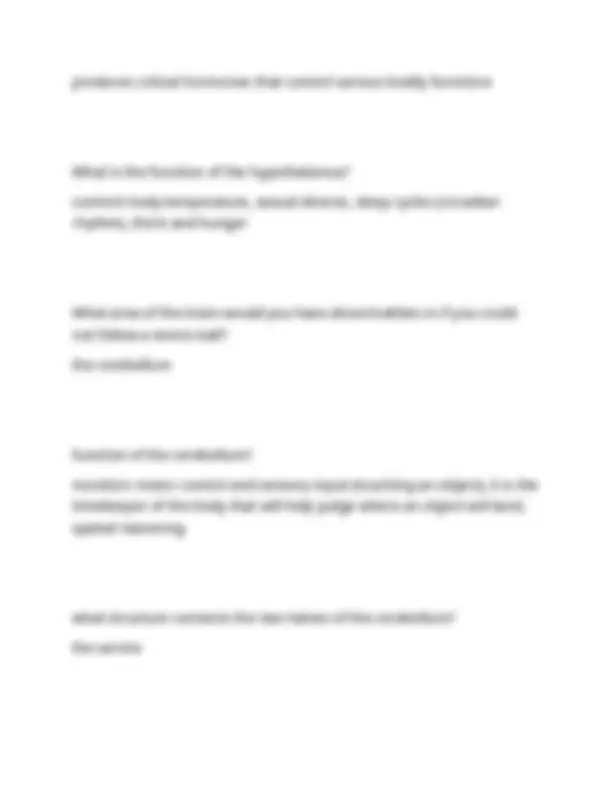
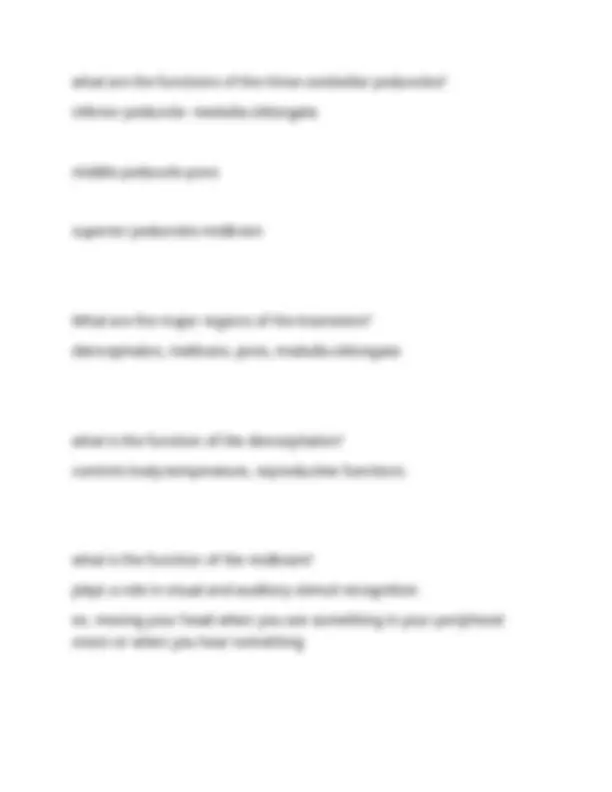
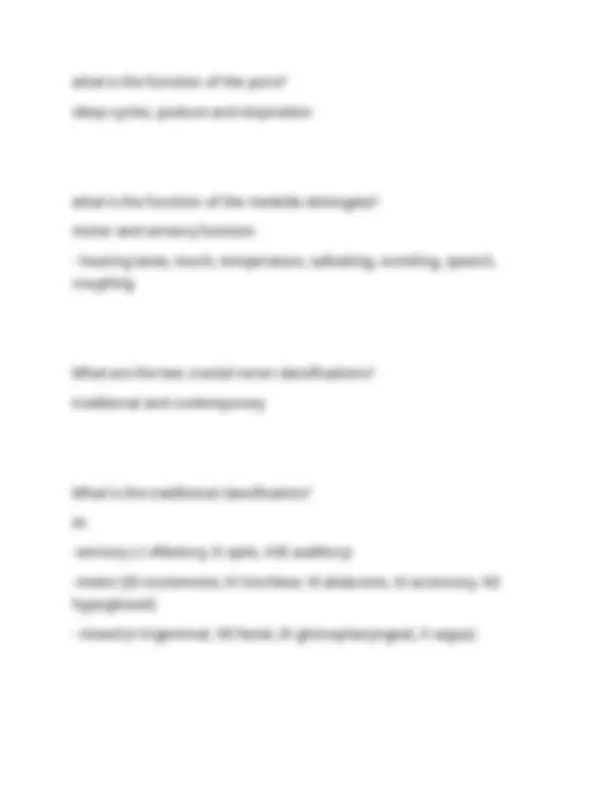
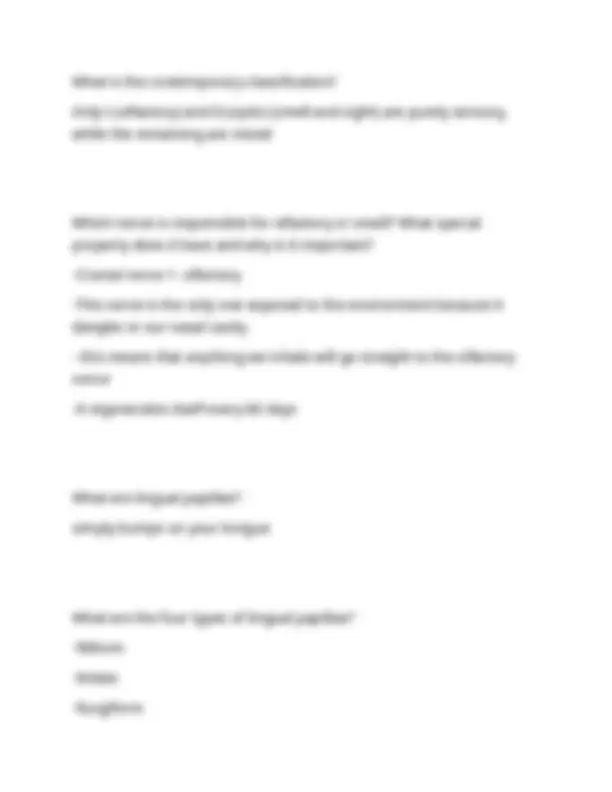
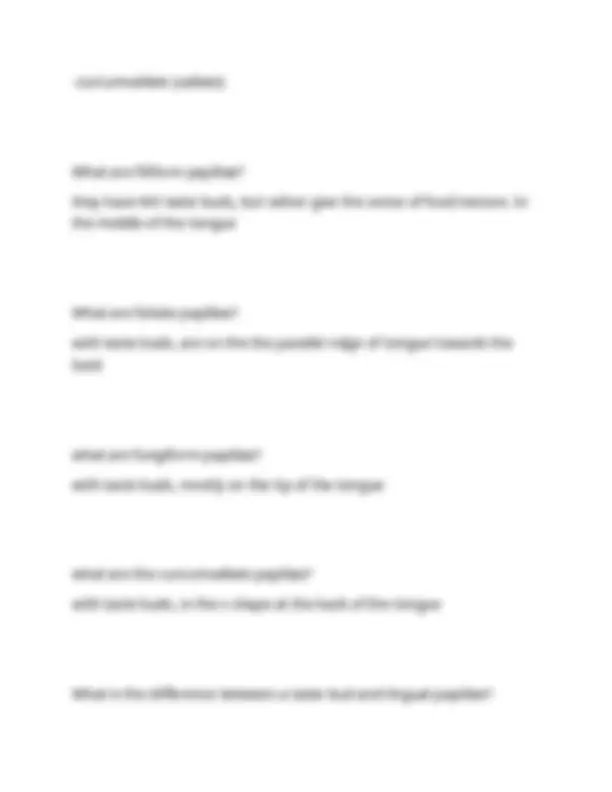
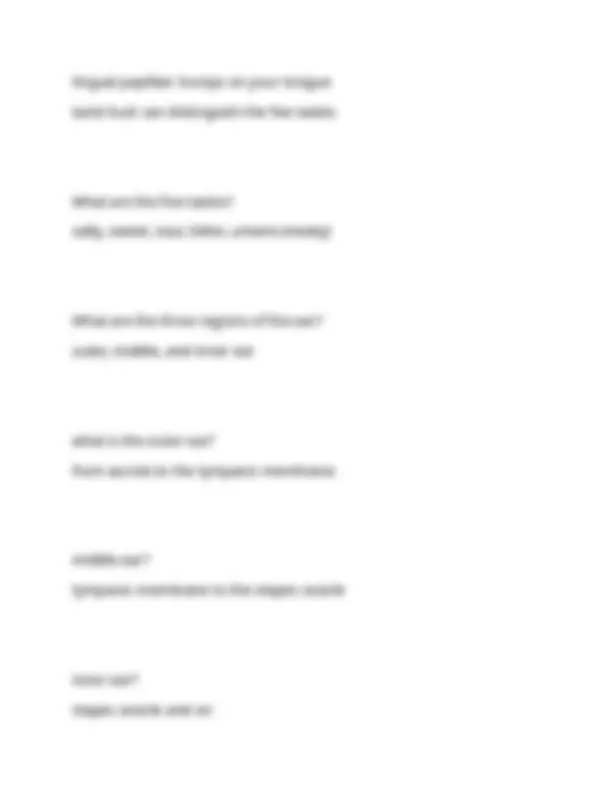
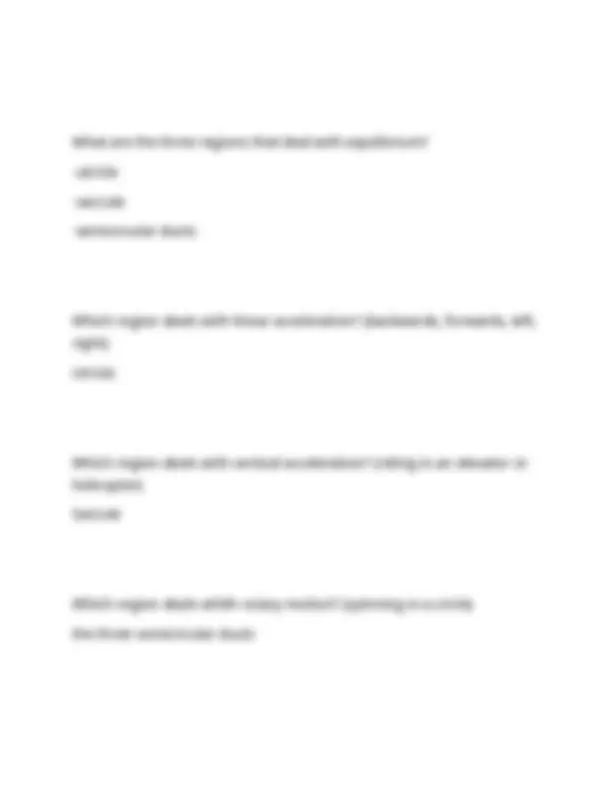
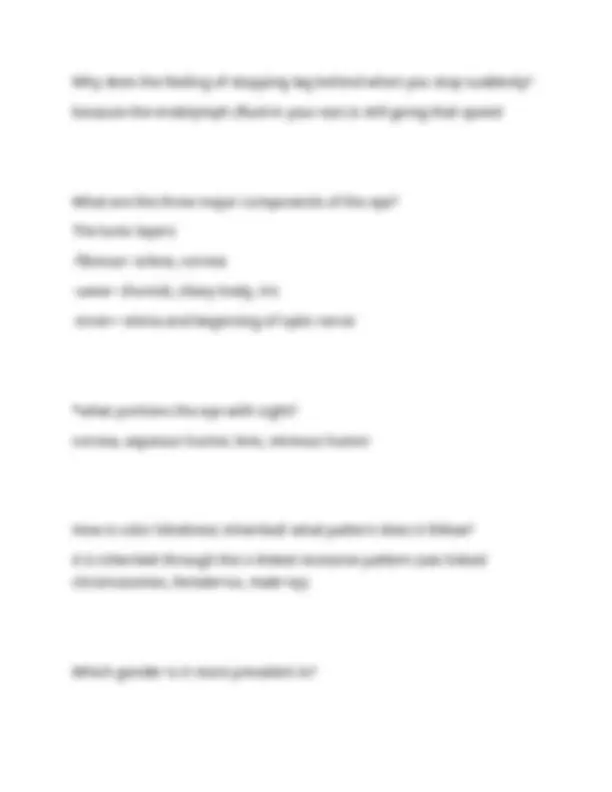
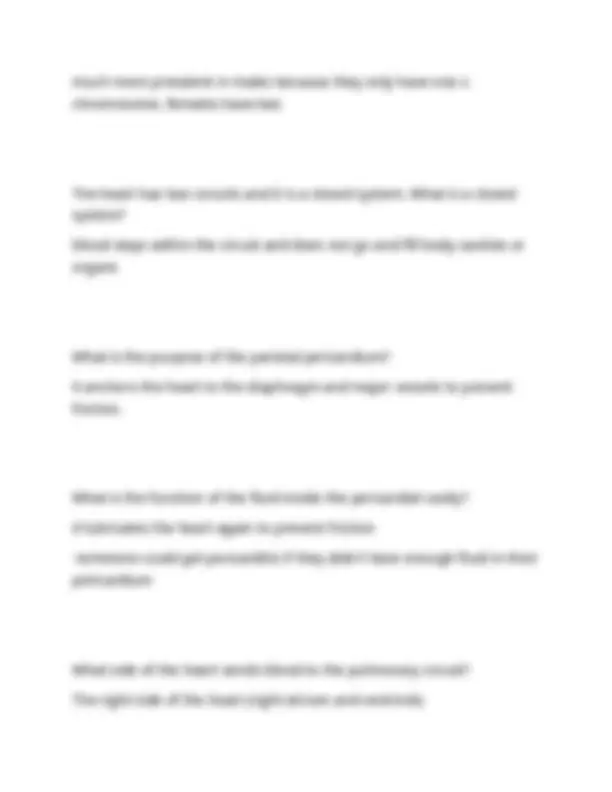
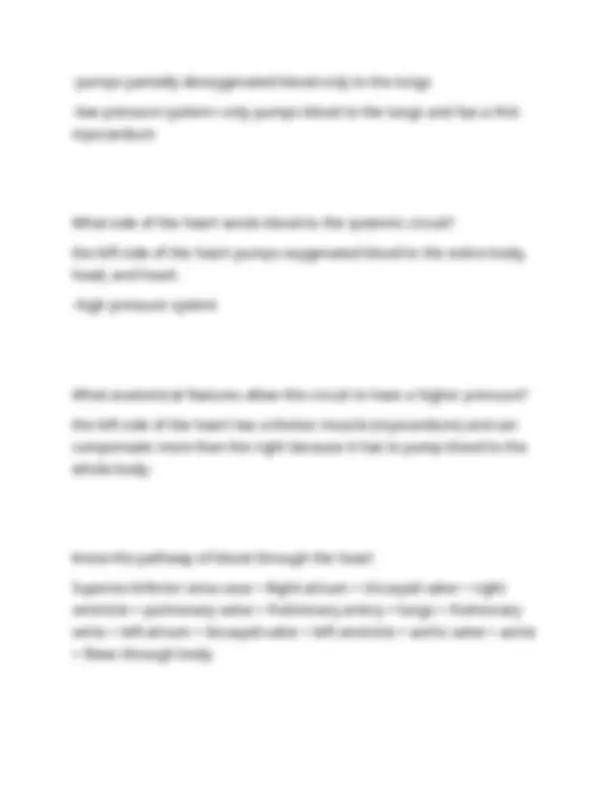
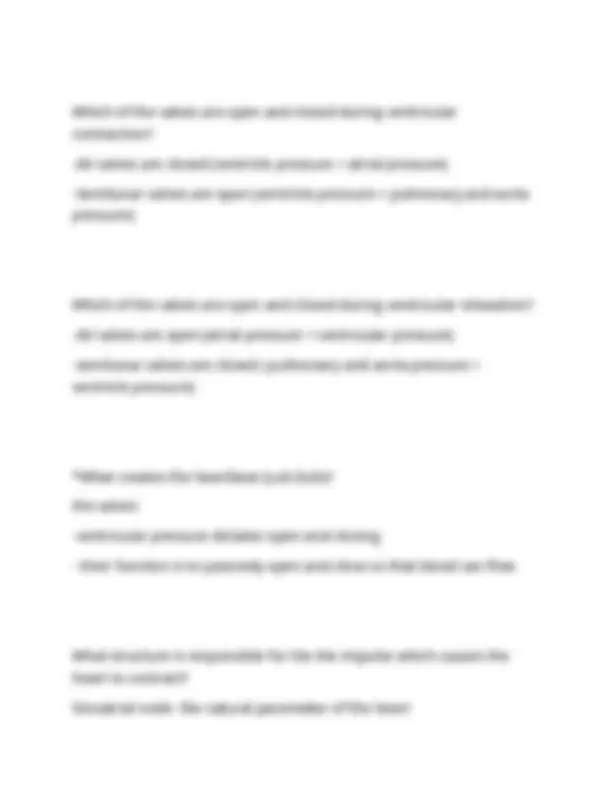
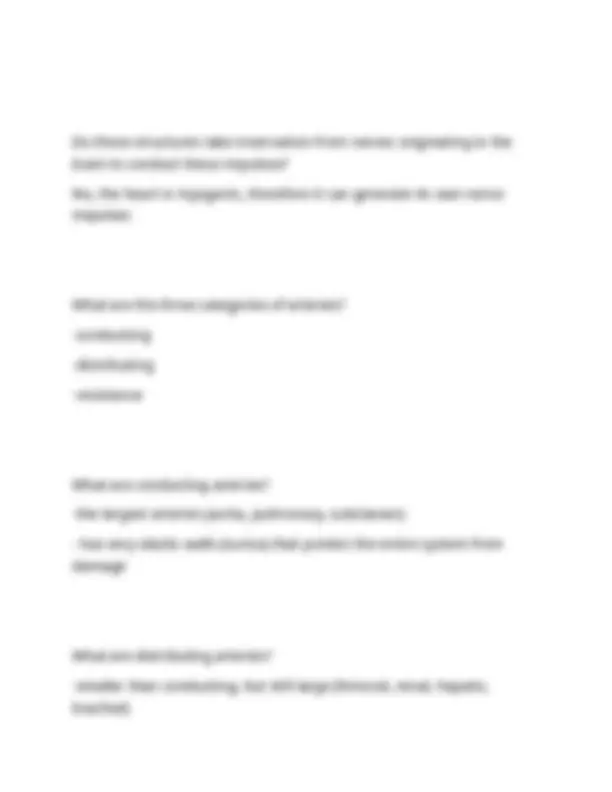
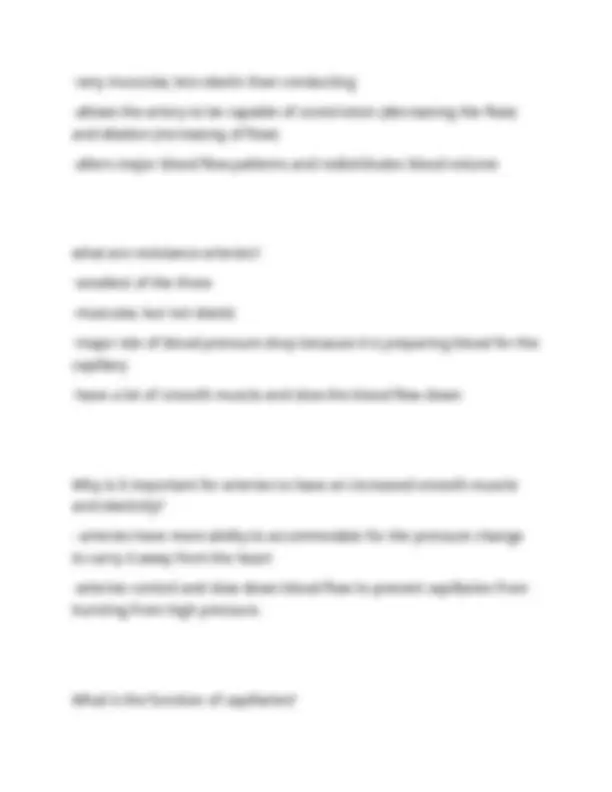
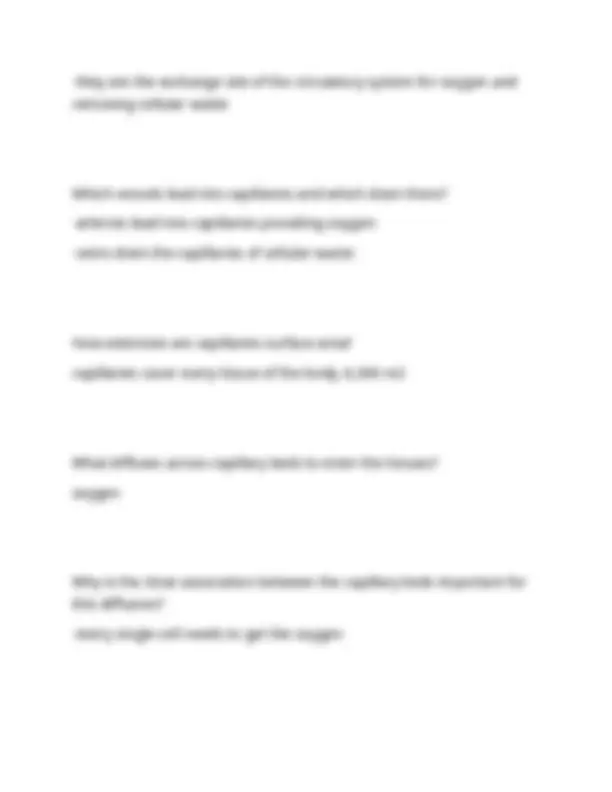
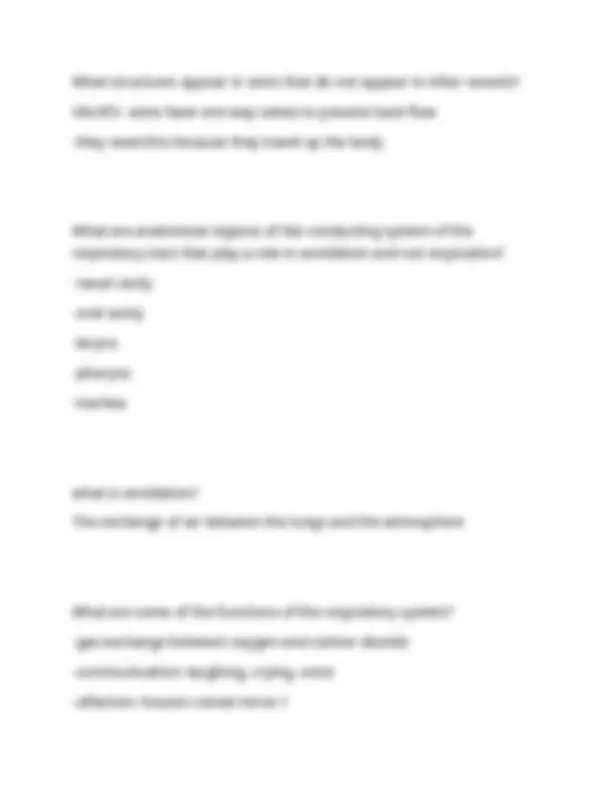
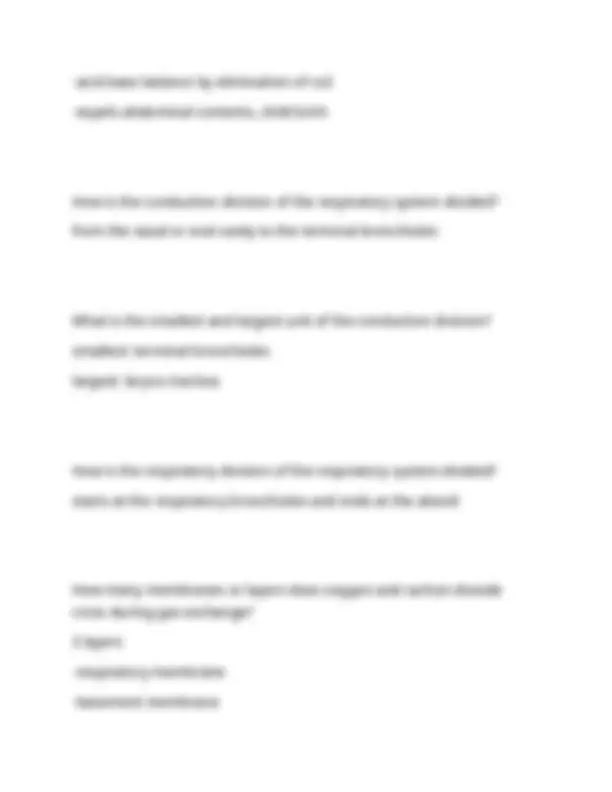
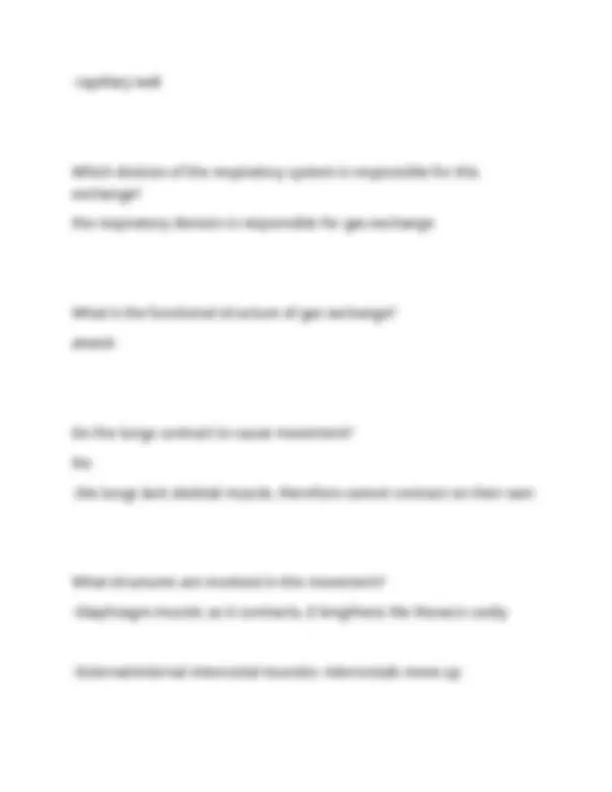
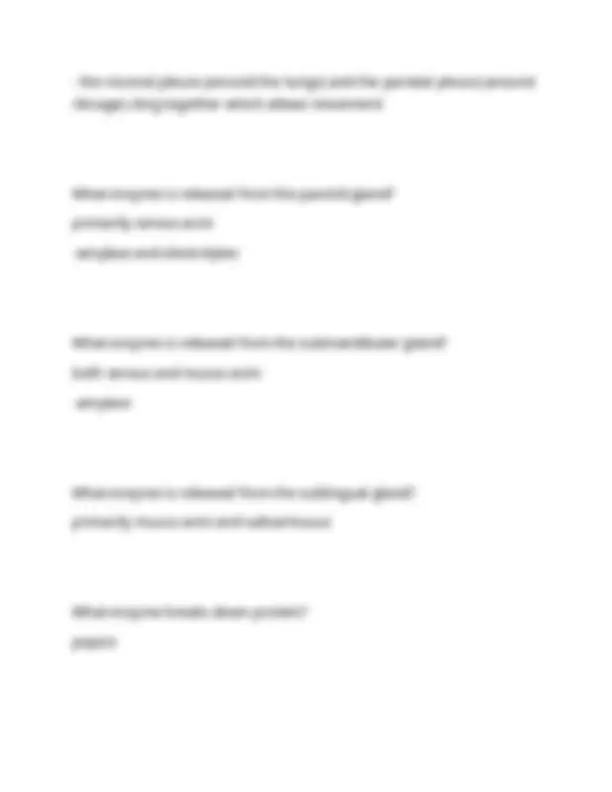
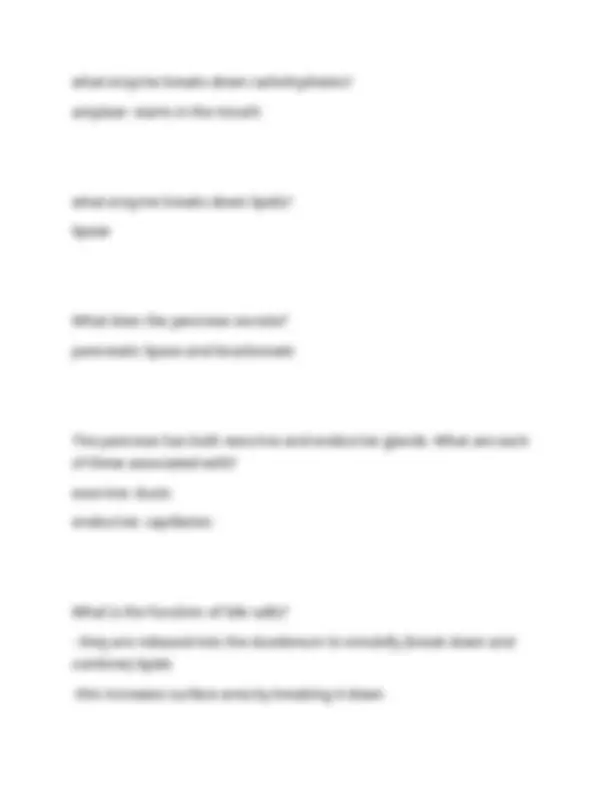
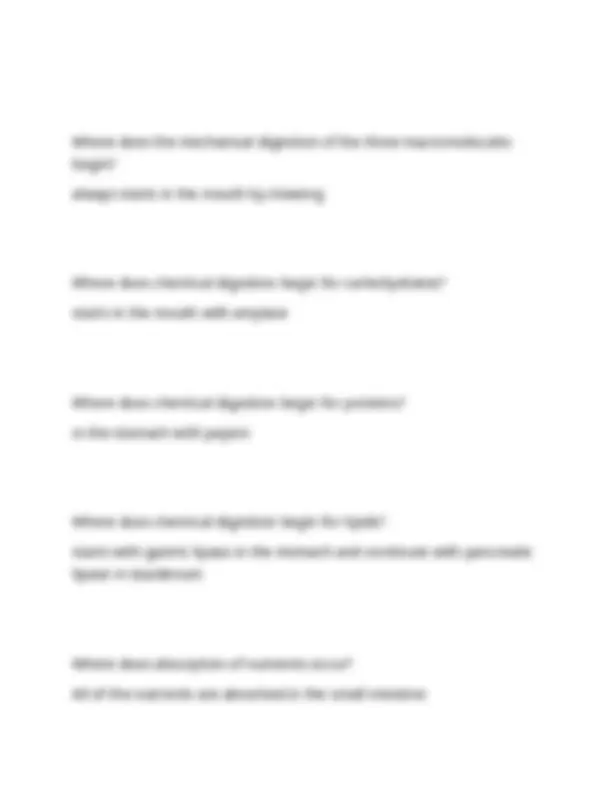
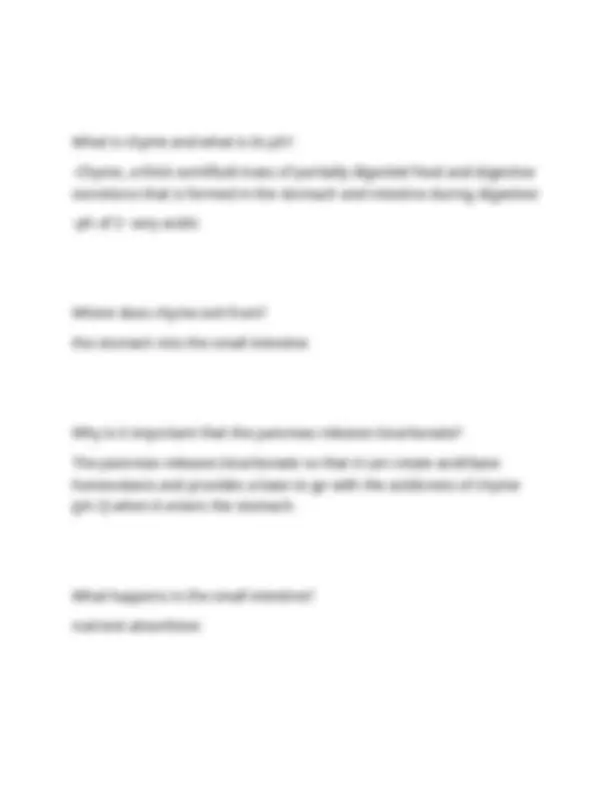
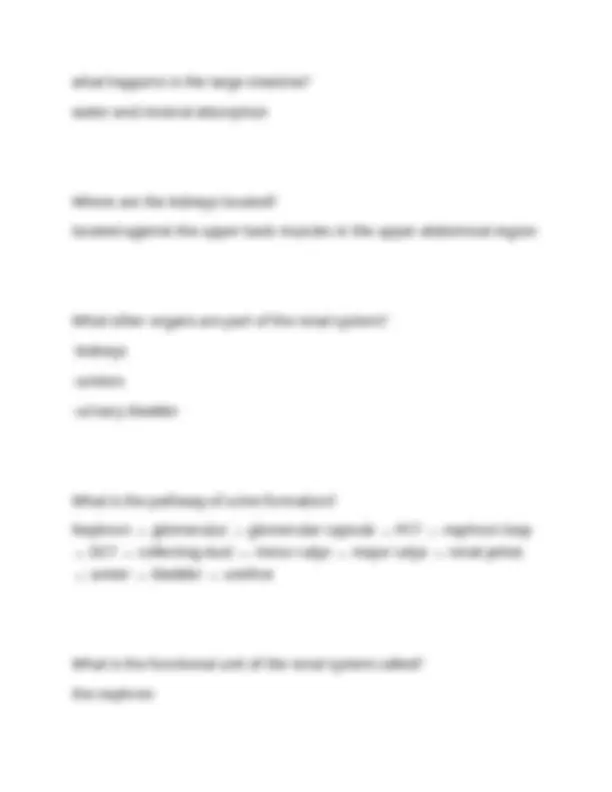
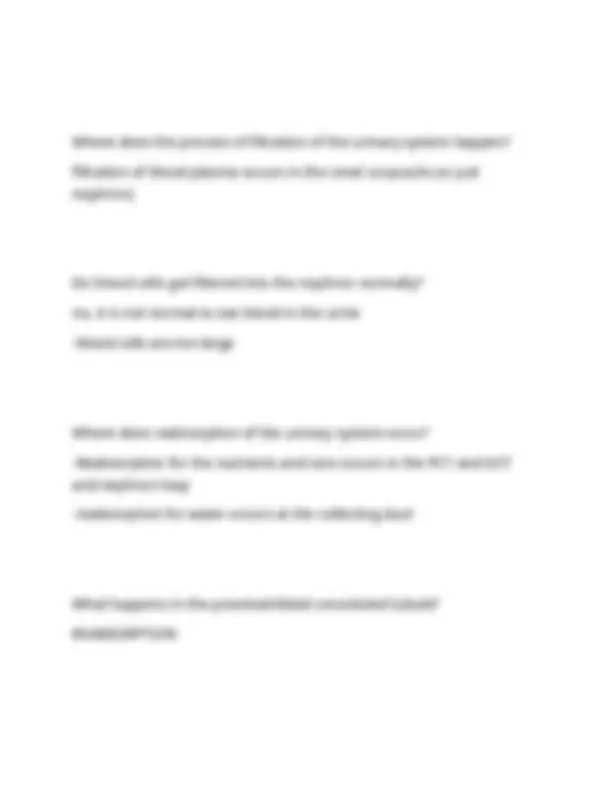
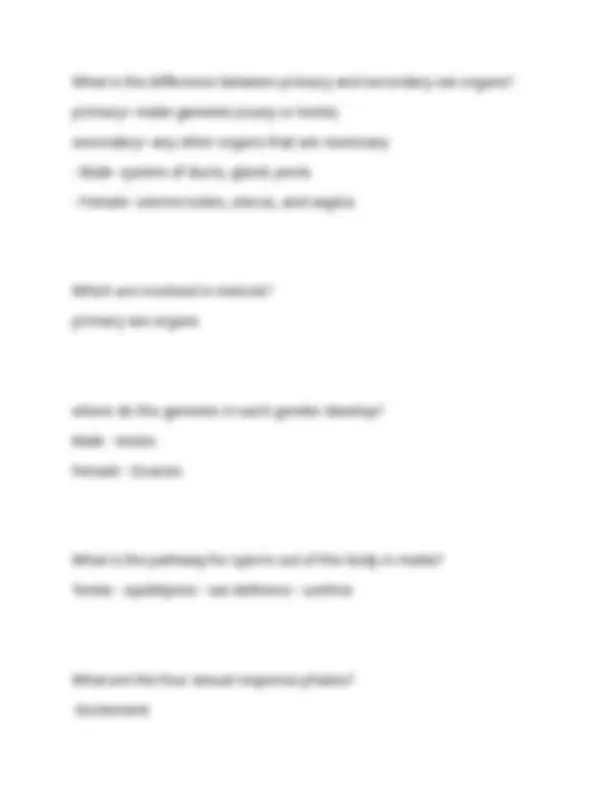
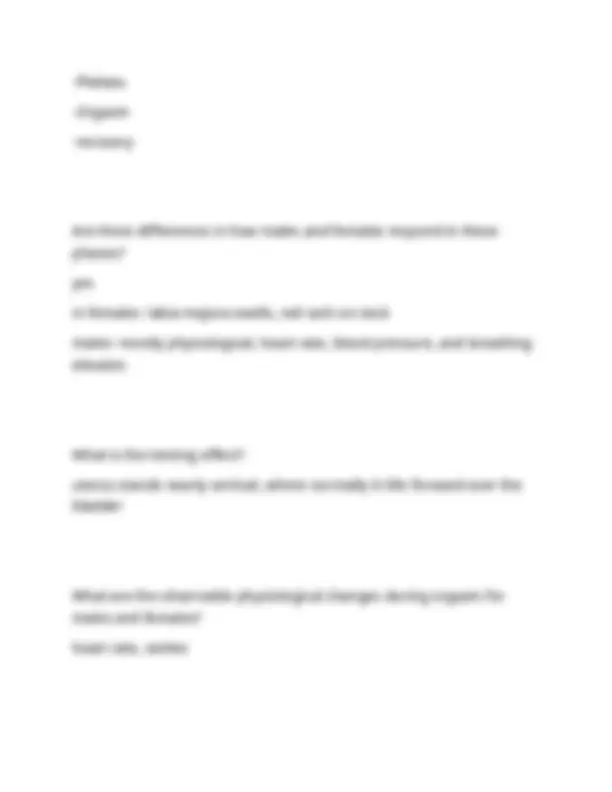


Study with the several resources on Docsity

Earn points by helping other students or get them with a premium plan


Prepare for your exams
Study with the several resources on Docsity

Earn points to download
Earn points by helping other students or get them with a premium plan
Community
Ask the community for help and clear up your study doubts
Discover the best universities in your country according to Docsity users
Free resources
Download our free guides on studying techniques, anxiety management strategies, and thesis advice from Docsity tutors
ANATOMY LECTURE FINAL REVIEW EXAM 2025-2026|REAL EXAM QS AND CORRECT AS|100% PASS
Typology: Exams
1 / 54

This page cannot be seen from the preview
Don't miss anything!















































What is the structural hierarchy for the levels of organization of life? atom --> molecule --> macromolecule --> organelle --> cell --> tissue --> organ --> organ system --> organism What is anatomy the study of? The study of form What are the methods of anatomical study? Dissection, gross anatomy, histology, palpation, auscultation, percussion, imaging What is the method of dissection? observation of structures
What is the method of gross anatomy? observation of structures with the naked eye- looking at tissues and organs What is the method of histology? observation of structures with a microscope- on a cellular level What is the method of auscultation? listening to natural sounds What is the method of palpation? feeling with fingers What is the method of percussion? tapping and listening to what happens What is the method of imaging?
What is the scientific term for when only the heart is reversed? Dextrocardia What is the scientific term for when an organ it out of place? Situs perversus What are some examples of organ variations in humans?
digiti- of a single finger or toe digits- fingers and toes Example of degrees of comparison for anatomical terms magnus- large major- larger of the two maximus- largest of three being compared Where do adjectives often fall in terminology? Adjectives often follow the noun in a name. ex. pectoralis major A single letter can change the whole meaning of a word. Trapezius- muscle in the back Trapezium- bone in the wrist Occipitalis- muscle in face Occipital- bone in the back of the head Malleus- small bone in the ear Malleolus- bony projecting in the ankle
packages lipids (fatty acids) function of rough ER has ribosomes attached to it, packages protein function of ribosomes create proteins function of golgi body packages cellular products for transportation function of mitochondria synthesizes ATP (energy) function of vesicles transports cellular products around the cell
function of lysosomes clean and destroy pathogens function of microvilli increase cell surface area What is the function of nuclear components of a cell? provide template, contain DNA What is the function of cytoplasmic components? -provide machinery for cell to synthesize ATP, proteins -root of all cellular processes What is the function of membrane components? -provide ability for cells to respond -contains embedded proteins -root of all physiological processes
We need to know the different membranous proteins. What is the function of receptors? bind to chemical messengers Function of enzymes? breaks down chemical messengers and terminates its effect Function of a channel? it is constantly open and allows solutes to pass in and out of the cell Function of a gated channel? Protein that opens and closes to allow solutes through only at certain times Function of cell-identity marker? Distinguishes the body's cells from foreign cells
Function of a cell-adhesion molecule (CAM)? binds one cell to another What are the three extensions that are most common in cell? -Microvilli -Cilia -Pseudopods Where are microvilli in the body? in the small intestine, this increases surface area to help with absorption Where are cilia in the body? Respiratory Tract (trachea) -nearly all cells have these to move fluid or mucus over the surface Pseudopods Extensions from neutrophils and macrophages- Immune system
What is a desmosome and what organs or tissues have them? -channels between neighboring cells that allow for the transport of ions, water, and other substances -Desmosomes pin adjacent cells together, ensuring that cells in organs and tissues that stretch, such as skin and cardiac muscle, remain connected in an unbroken sheet. How do the exocrine, endocrine, and unicellular glands develop?Does their development predict the function? How so? They develop by the epithelial tissue and the connective tissue forming a section of cells that will either develop into a duct or detach onto a blood capillary. Examples of Endocrine glands? thyroid, adrenal Exocrine glands? sweat glands, pancreas
*Unicellular glands? goblet cells- which are in simple columnar epithelial tissue Know the features of a long bone. What are the shaft and end of the bone called? shaft= diaphysis end of bone= epiphysis *What are other types of bones? Flat bones, vertebrae *What structures cover the marrow cavity? Endosteum, compact bone and spongy What is the outer covering of long bone? Periosteum
bone forming cells What is an osteocyte? a trapped osteoblast What is an osteoclast? bone dissolving cells What are the types of marrow are found in bones? red and yellow marrow Does the marrow change as we age? If so, which type changes to which? Yes, red marrow changes to yellow. -red is in nearly every bone as a child What happens when red marrow changes to yellow?
-the marrow turns into fatty yellow marrow -no longer produces blood cells -gets less flexible and more stable and stiff What is the function of bone marrow? -manufactures bone marrow stem cells and other substances, which in turn produce blood cells. -Each type of blood cell made by the bone marrow has an important job: Red blood cells carry oxygen to tissues in the body. What hormone and cells are in charge of blood calcium levels? -Calcitonin -Osteoclasts and Osteoblasts What happens when a persons blood calcium level is too high? -the calcitonin hormone reduces the activity of osteoclast cells so they will stop breaking down the bones
largely immovable, where two bones are connected by fibrous connective tissue ex. cranial suture What is a cartilaginous joint? two bones are linked by cartilage (fibrocartilage) ex. intervertebral discs, pubic symphysis What are synovial joints? most are freely movable and their structure is complex, linked by a joint cavity. ex. cartilage b/w your metacarpals and phalanges, shoulder joint What bones would be involved in the acromioclavicular? radioulnar? -acromion and the clavicle -radial notch of ulna What joints are the most movable?
synovial (most) and cartilaginous (like bending over) What joints are the least movable? bony and fibrous What are the accessory structures associated with synovial joints? tendon, ligament, bursa What is a tendon? attaches muscle to bone (most important in stabilization) What is a ligament? attaches bone to bone What is a bursa? a fibrous sac filled with synovial fluid